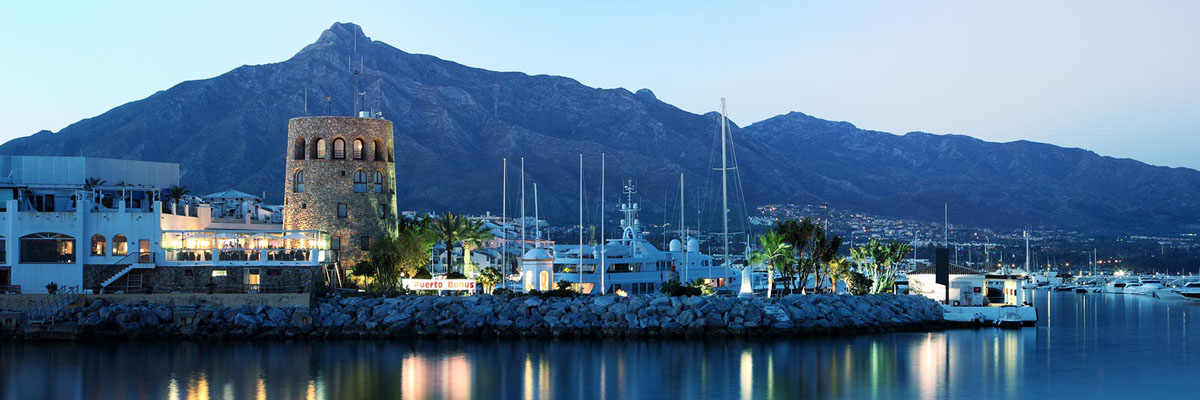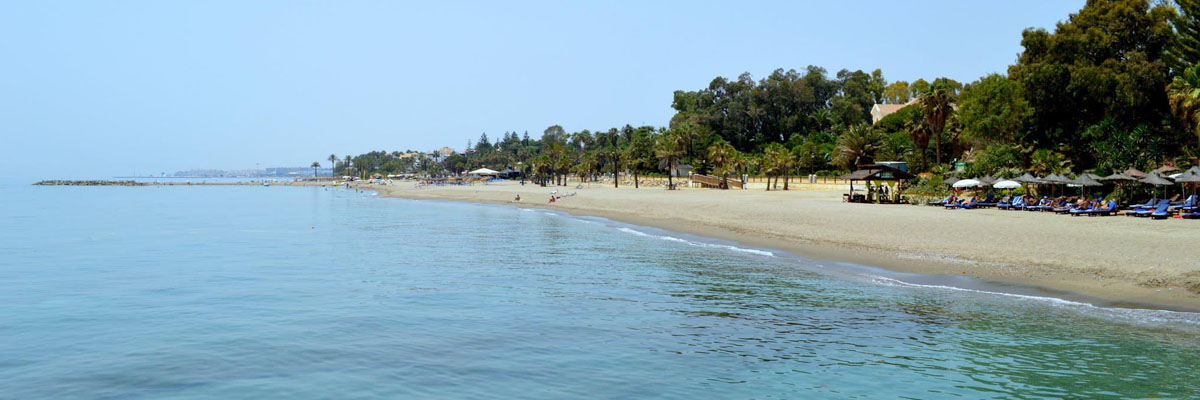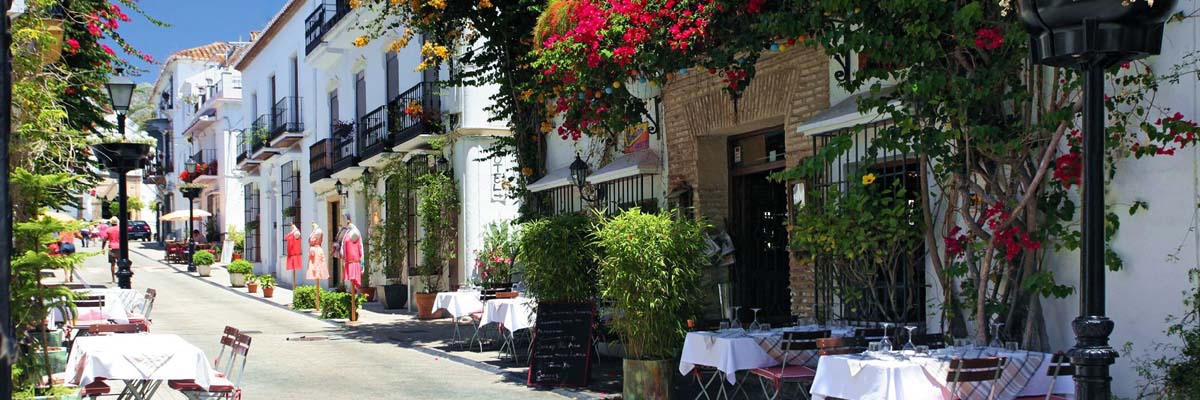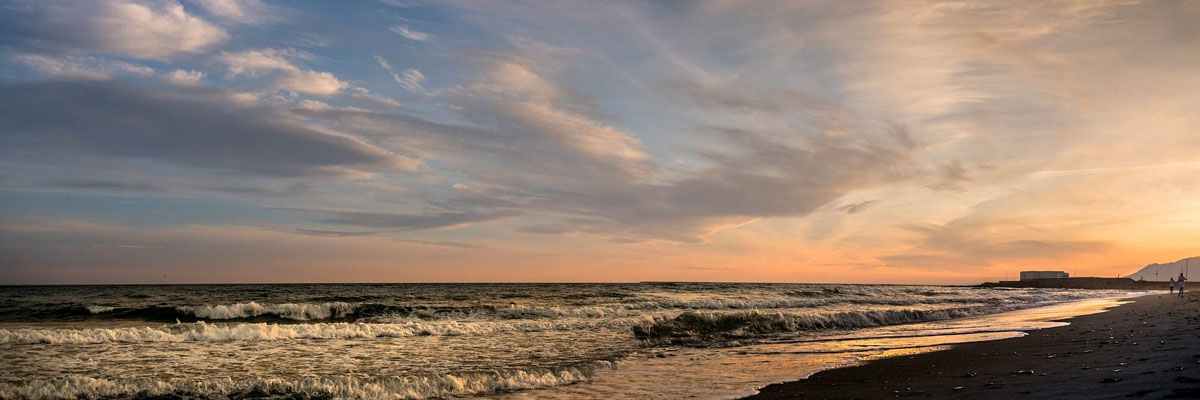







Marbella
Marbella was first a mining town, then it turned to agriculture and finally opted for tourism as its most important economic element. It is a very old town and was frequented by well-to-do families and nobles. However, few people are aware that it started off as a Paleolithic settlement, which then became a Roman city whose presence can be still seen today in the Termas de Las Bóvedas or the Villa de Río Verde (with its exceptional mosaics) or that it is home of the most important Visigoths monuments in the whole country in the form of the Vega del Mar Basilca. Neither is it widely known that the Arabs chose to name it, “bien habitada” (the place of good living) and that they edified a fortress that has survived the pass of time. Or that it was once a chosen spot for the royal family who were captivated by the many vantage points and aristocratic buildings like the Bazan hospital and the convents that mediated for the release of the prisoners held by the Bebers (including a man by the name of Cervantes)
The Basílica de Vega de Mar is the main proof that settlements were established in this area, which is a zone historians say was once the site of ancient Cilciniana. A large amount of ceramic and metal objects and burial sites have been discovered in different archaeological digs all along the coast and in inland Marbella.
When the Moors surrendered to the Reyes Católicos the final handing over of the keys to the city was conducted in front of a cross which today is still kept in a small temple in Malaga. It is known as the Cruz del Humilladero. From that moment on the inhabitants of, what had been the walled city, chose to move outside the retrains of the enclosed area and spread along the coast.

